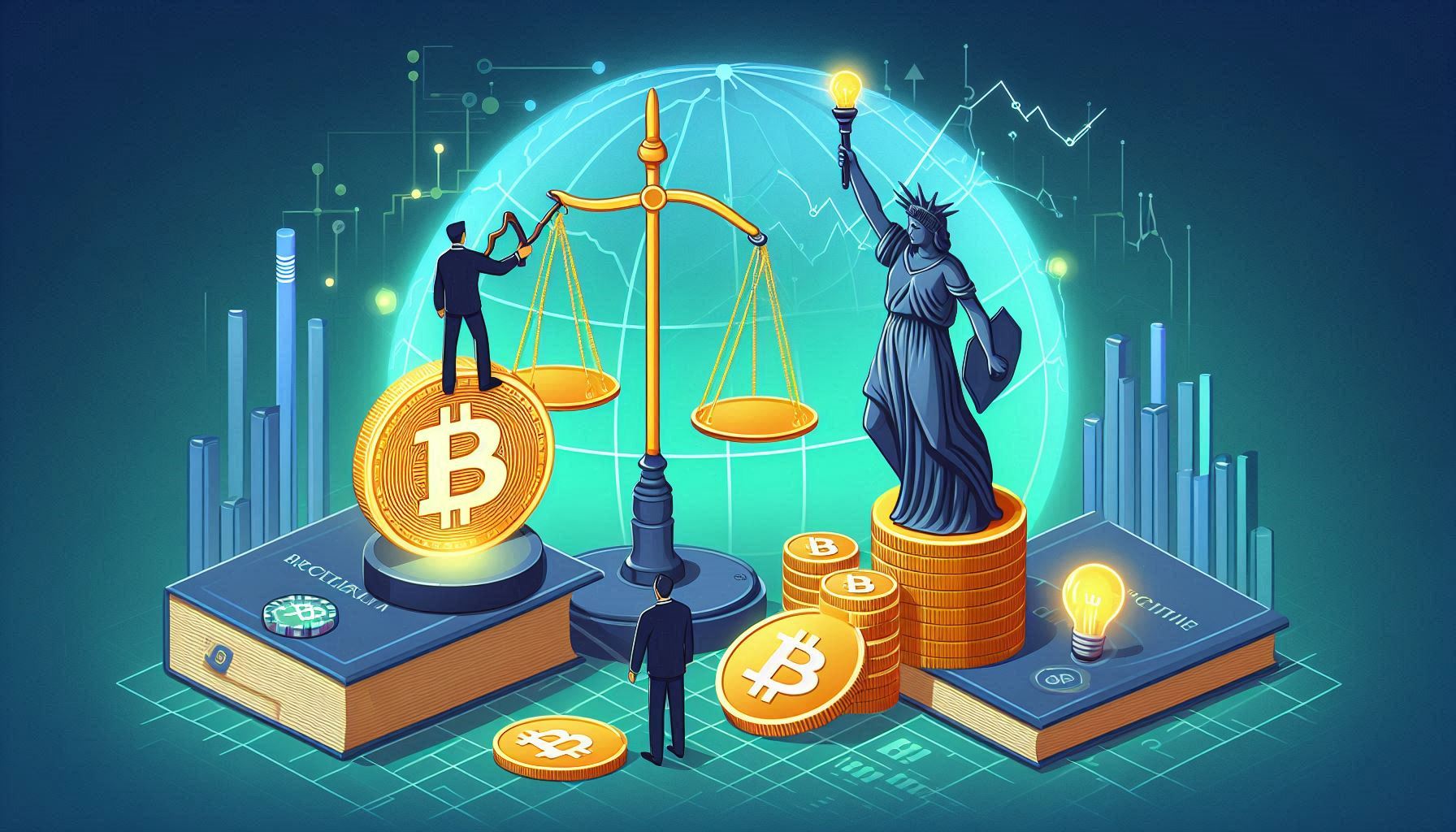
Stablecoins are becoming an important part of the crypto ecosystem, providing a link between the volatility of cryptocurrencies and the stability of traditional fiat currencies. Designed to maintain a stable value, often pegged to a fiat currency like the US dollar, stablecoins provide a unique solution for a variety of use cases, including remittances, trade and payments. Stablecoins have seen rapid growth in their adoption, raising regulatory concerns in many countries. This paper explores the current landscape on stablecoin regulation, the implications it has, and what challenges are faced along with future prospects.
What is a Stablecoin?
Stablecoins are digital tokens trying to hold a stable value against other traditional assets like fiat currencies or commodities. Stablecoins are categorized into a few types:
Fiat-Collateralized Stablecoins Fiat-collateralized stablecoins are also collateralized by fiat currency deposits in a bank or custodial account. The most popular example of fiat-collateralized stablecoins is the Tether, which is pegged to the US dollar.
Crypto-collateralized Stablecoins: In these, the collateral used is not the cryptocurrency but typically highly collateralized. Their value in collateral exceeds the amount of stablecoin issued; otherwise, there would be losses when they mature. A good example is DAI, which utilizes Ethereum and other assets to back the stablecoin.
Algorithmic Stablecoins: Rather than using collateral, they control the supply and demand of the coins by regulating their number in circulation through algorithms; examples include TerraUSD (UST), which was used in an attempt to maintain a peg before breaking through the algorithmic mechanism.
Also Read: How to Identify Scams in the Crypto World
The Regulation

Stablecoins have gained immense popularity and market capitalization, which is now in the hundreds of billions. The attention of regulators has been drawn by this. There are a few important reasons why regulation is needed:
Risks to financial stability: The development of stablecoins poses potential risks to the financial system. If a major stablecoin were to collapse, it could cause widespread panic and destabilize the broader crypto market.
Consumer protection: Stable coins need measures of consumer protection where one is assured of the safety of their funds in case they are used for such purposes as payment and savings. I have access to clear information.
Anti-Money Laundering (AML) and Countering the Financing of Terrorism (CFT): It can be used for ill intent due to its cryptocurrency. The regulators are, therefore, worried about being used for money laundering and for financing other crimes.
Effect on Monetary Policy: Whenever the stablecoins rise in terms of volume, there are effects on monetary policy due to the demand for central fiat currencies. This challenged central banks to rethink in respect of their economies regarding the impact of stablecoins on the same.
Current regulatory regime
The United States
On the side of the U.S. federal and states, these are the departments that undertake the regulation on stable coins. The guidance issued by the Office of the Comptroller of Currency allows a national bank that can have the custody services provide for deposits of stablecoin. However, the commission of securities expressed its concern through whether particular stablecoins do qualify to be regarded as securities.
In 2021, a report by the President’s Working Group on Financial Markets recommended the need for regulation of issuers of stablecoins akin to banks, capital requirement, and periodic auditing of its books. This ensures a framework that makes sure reserve enough to back the stable coins issued by the organization or entity, thus giving much less risk to a holder of stable coins.
The European Union
The regulatory framework for the European Union is being advanced through a proposal called MiCA-the Markets in Crypto Assets. Under the proposed framework, the European Union will have an overarching legal framework for cryptocurrency, including stablecoins. Stablecoin issuers will be licensed, obligated to provide greater transparency concerning their holdings as well as maintain strict operational standards.
Other regions
Other regions have approached stablecoin regulation differently. Singapore, for example, created a framework of regulation under the Payment Services Act. Wherein the license would be obtained by the issuer and operated under AML/CFT regulations. On the other hand, there are others who have imposed an absolute ban on all cryptocurrencies-including stablecoins. Examples are China, which has totally prohibited cryptocurrency transactions in order not to hinder its own chances at success of its very own CBDC.
Stablecoins Challenges in Regulation
Technological complexity: Stablecoins are based on relatively very complex technology, especially if the collateral is crypto-collateralized or algorithmic. It will be challenging for the regulators to understand how exactly these mechanisms support these assets to make effective regulation.
Cross-borders: Cryptocurrencies are decentralized, meaning that the stablecoins operate across borders, which is a challenge in the regulation process. Especially because the regulators need coordination with international organizations and the other jurisdictions to provide one coherent regulatory framework.
Innovation vs. Regulation: This will translate to a need by the regulators to balance between trying to promote innovation in the crypto space and the very necessary consumer protection and financial stability. Over-regulation can choke innovation, while under-regulation may pose a serious risk.
Enforcement Issues: The nature of stablecoins that is, most being based on cryptography-poses an enforcement issue to the regulators. For example, it will not be easy for the regulators to have a clear visibility into transactions that involve illegal activities related to stablecoins.
The Future of Stablecoin Regulation
The more stablecoins rise, the more the regulatory community is going to be keen on that space. Stablecoins of the future could potentially look like the following:
CBDCs: More and more central banks are researching and investigating whether or not to implement a central bank-issued digital currency, essentially responding to stablecoins. In some cases, it might give regulated options rather than relying solely on the private space for stablecoins.
Increased cooperation: There will be increased cooperation between the regulatory bodies around the world to establish global standards for regulating stable coins. This can help address the cross-border nature of stablecoins.
Evolutionary Regulatory Framework: As the market of stable coins evolves, regulatory frameworks will likely evolve with new developments and challenges. It may include more specific guidelines for different types of stable coins and their underlying mechanisms.
Transparency and consumer protection will be key features of future regulations. To ensure that stablecoin issuers accurately detail their holdings, risks, and practices in their operations is
The outcome
Stablecoins were a significant development in the cryptocurrency ecosystem, bringing stability and functionality into quite diverse use cases. However, their rapid growth has highlighted the need for effective regulation to address potential threats to the financial system, consumer protection, and illegal activities. As regulators around the world develop and refine their approach to stablecoin regulation. Striking a balance between fostering innovation and ensuring a safe and secure financial environment is critical. Ongoing dialogue between stakeholders, including regulators, industry participants, and consumers, will be essential to shaping the future of stablecoin regulation and the broader cryptocurrency landscape.







